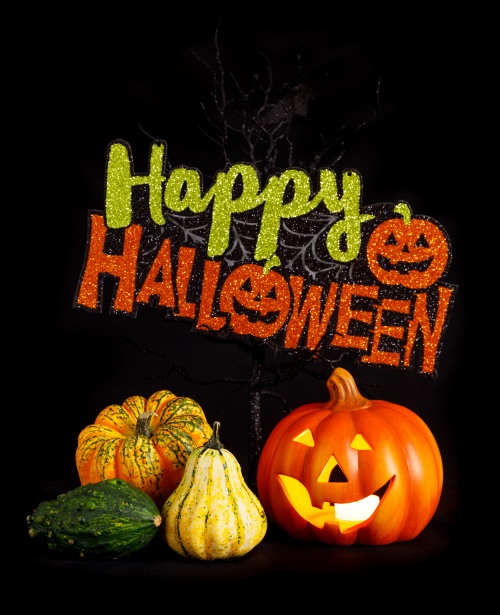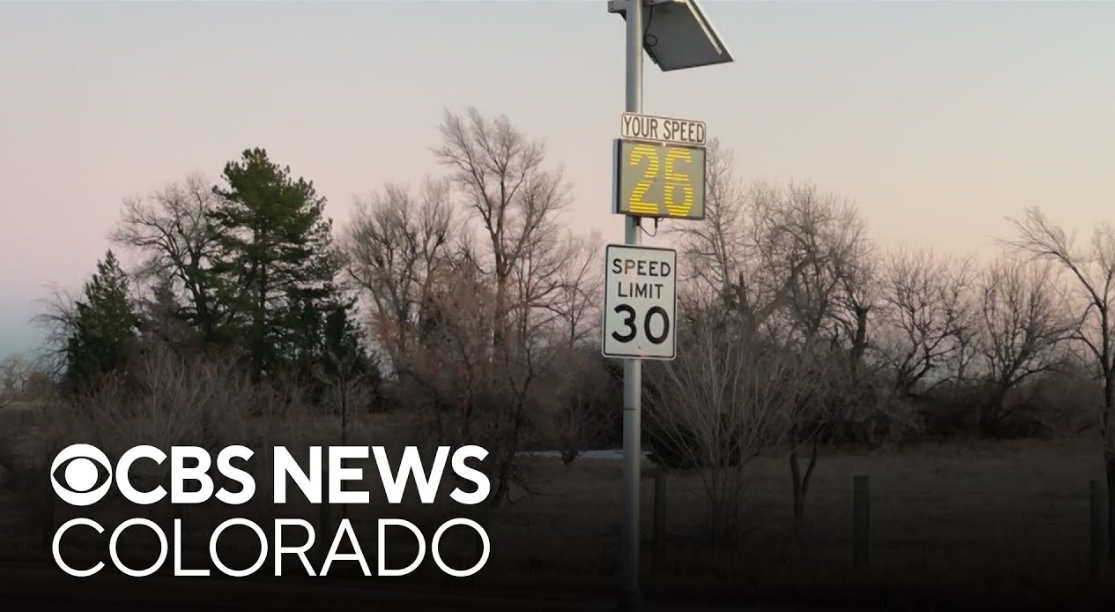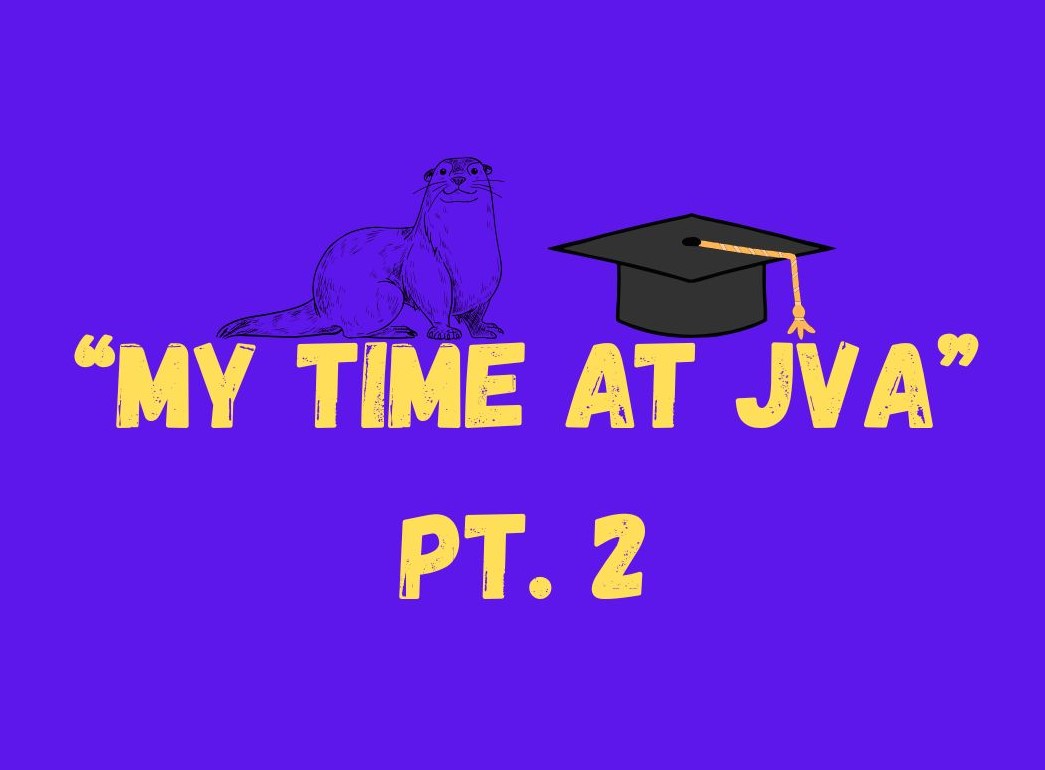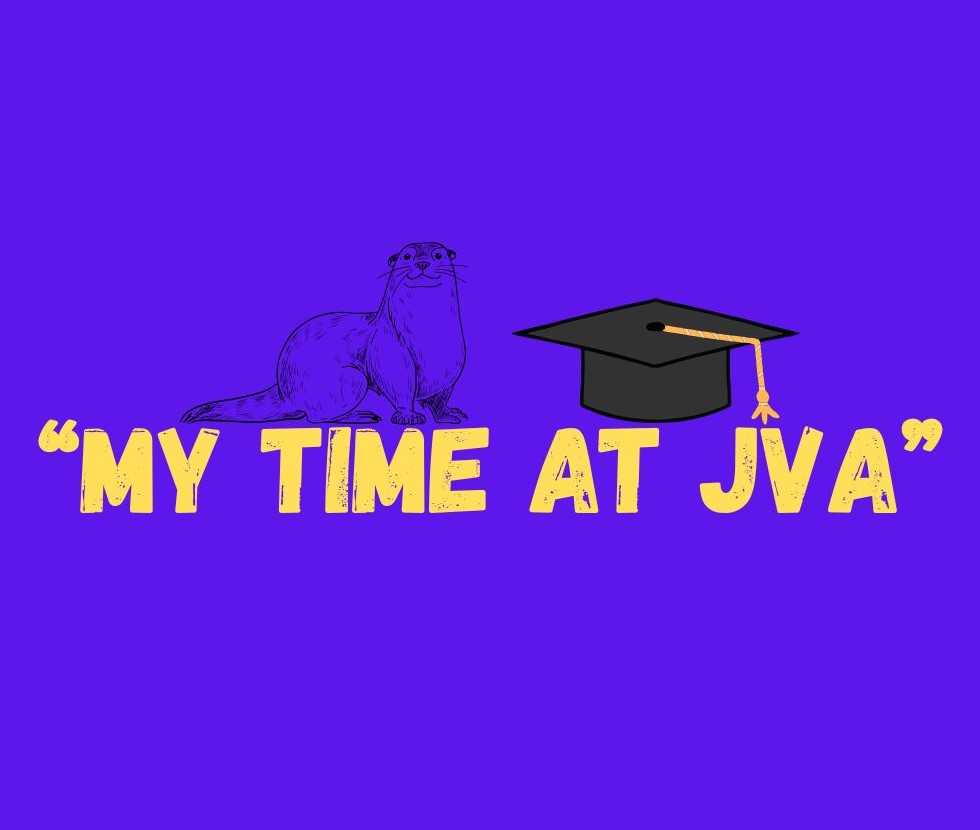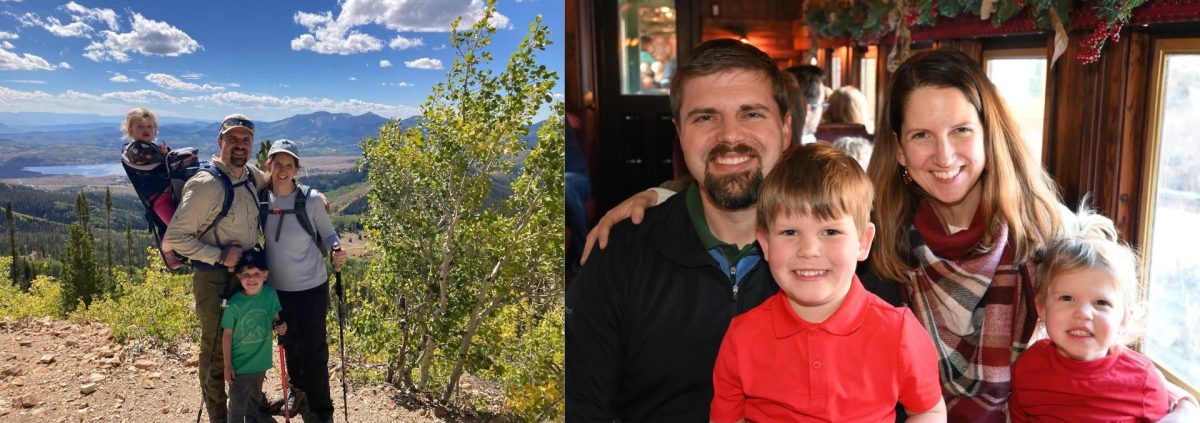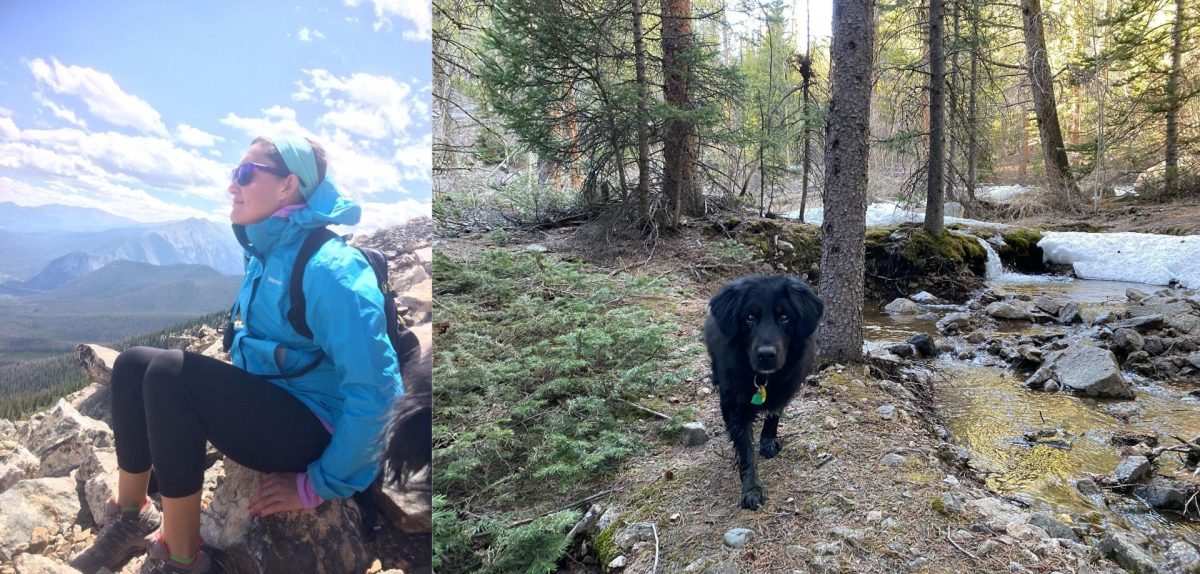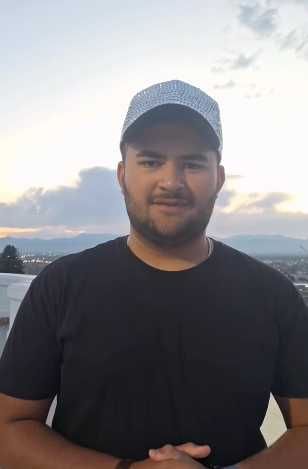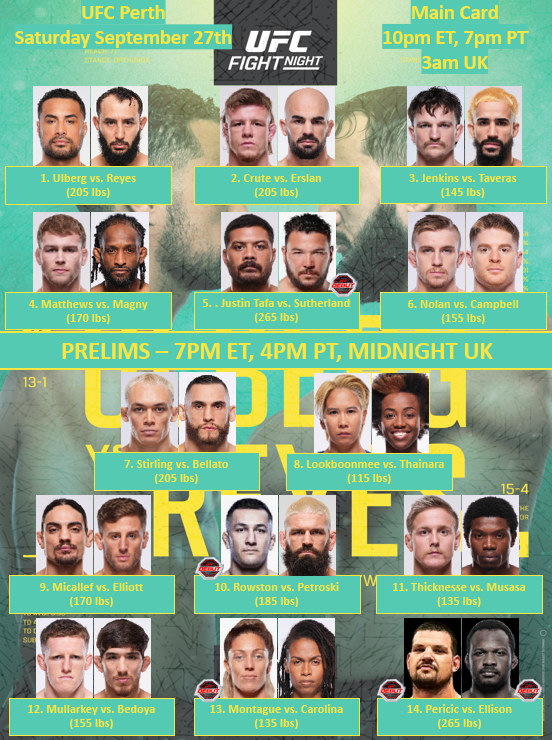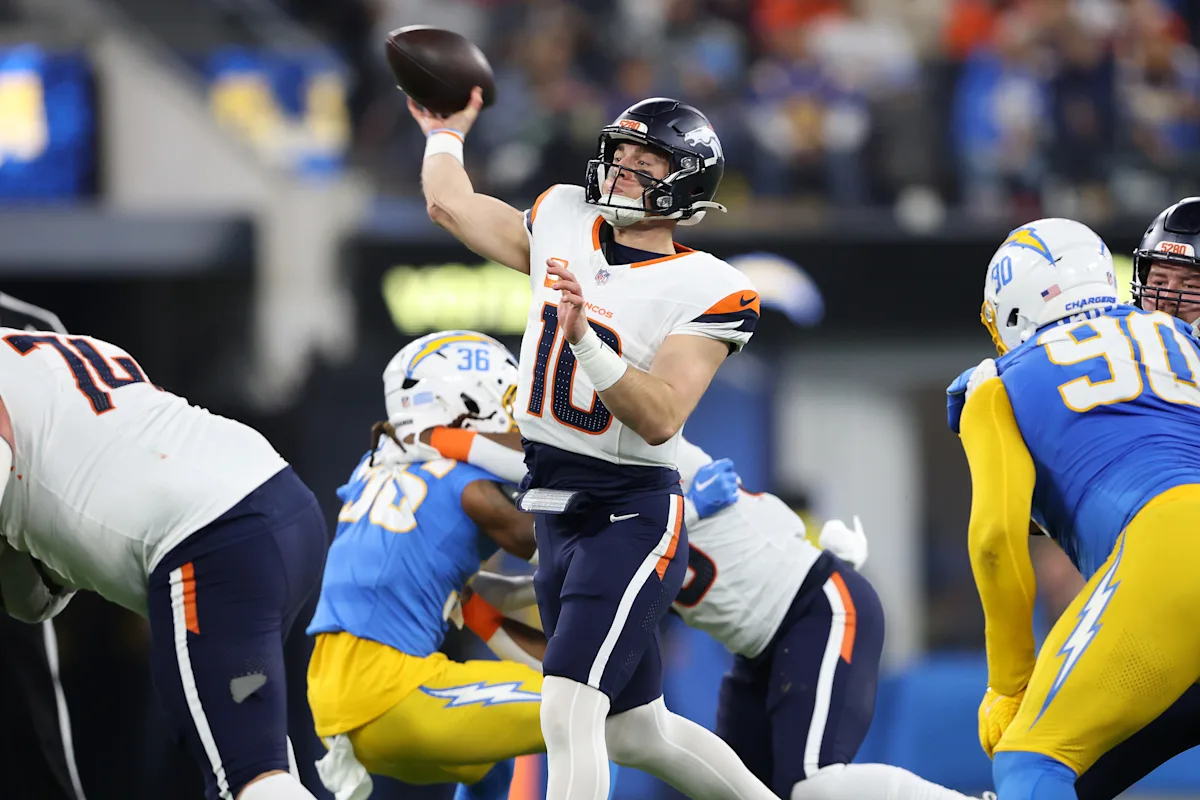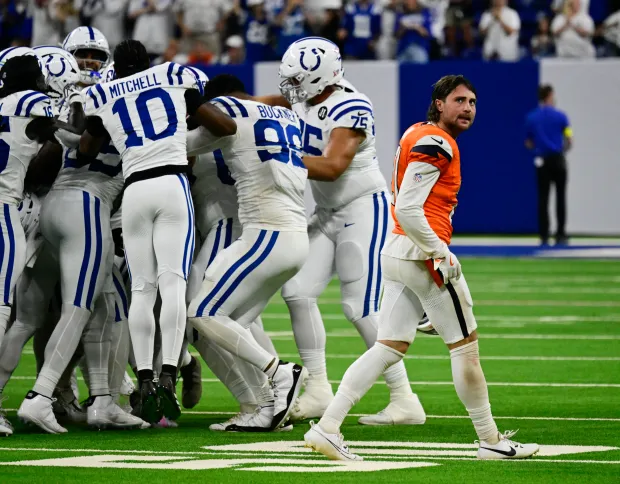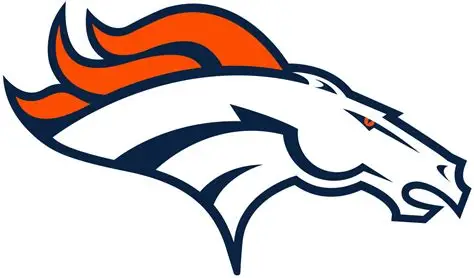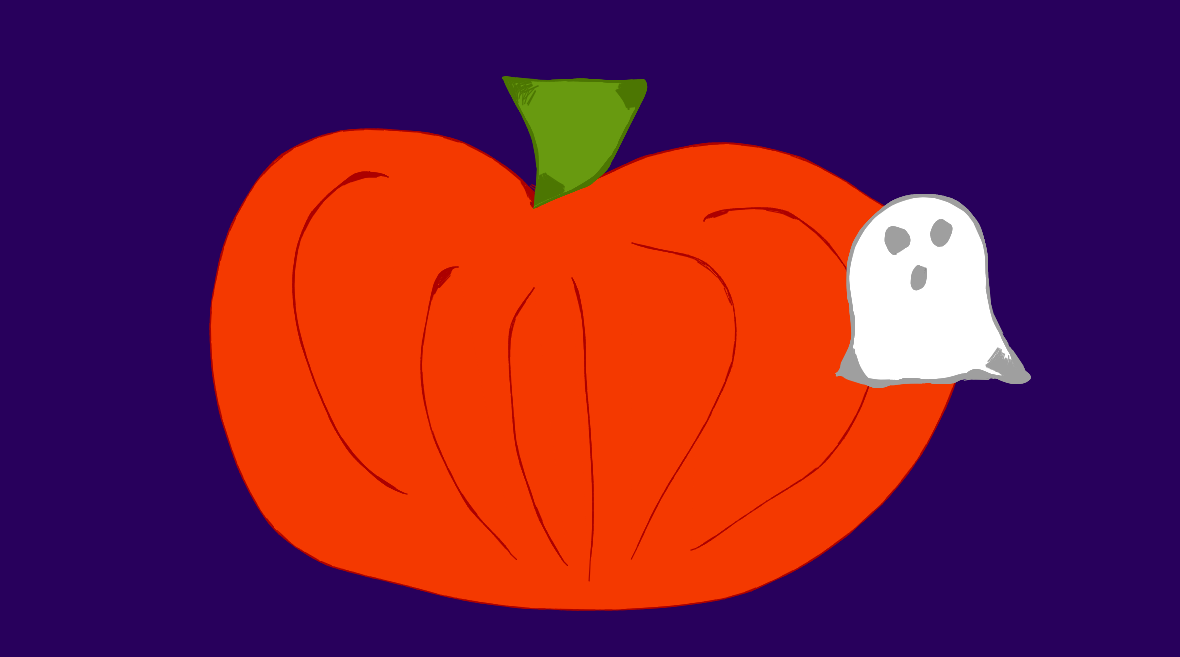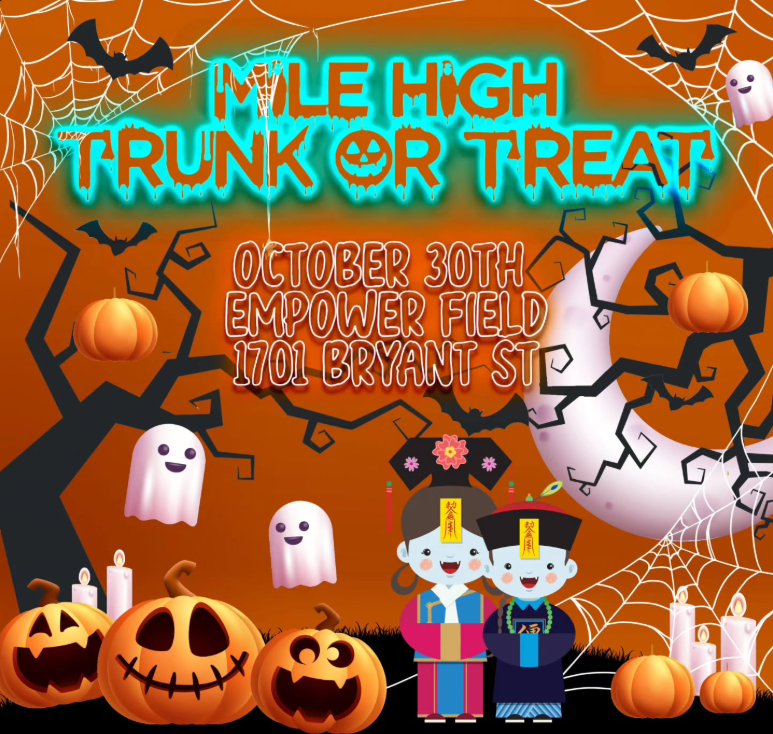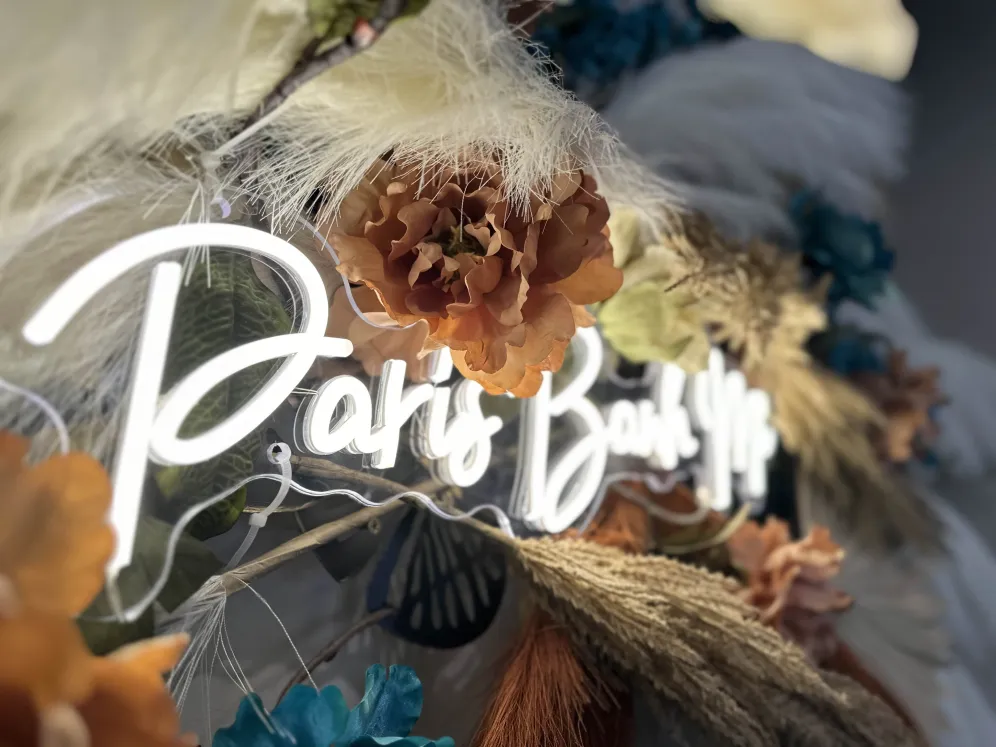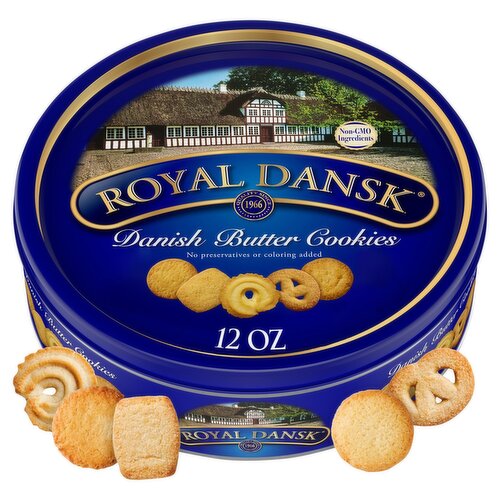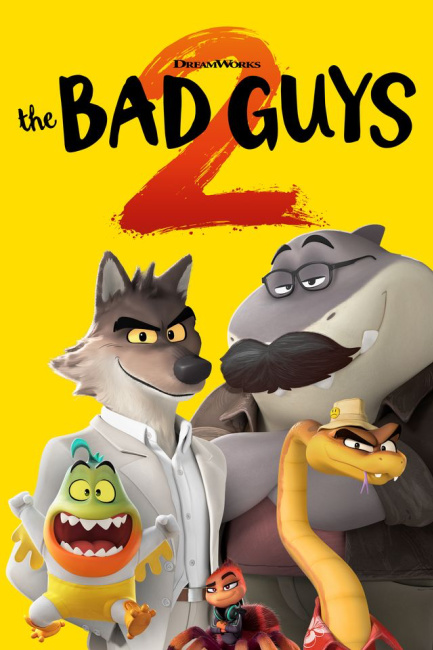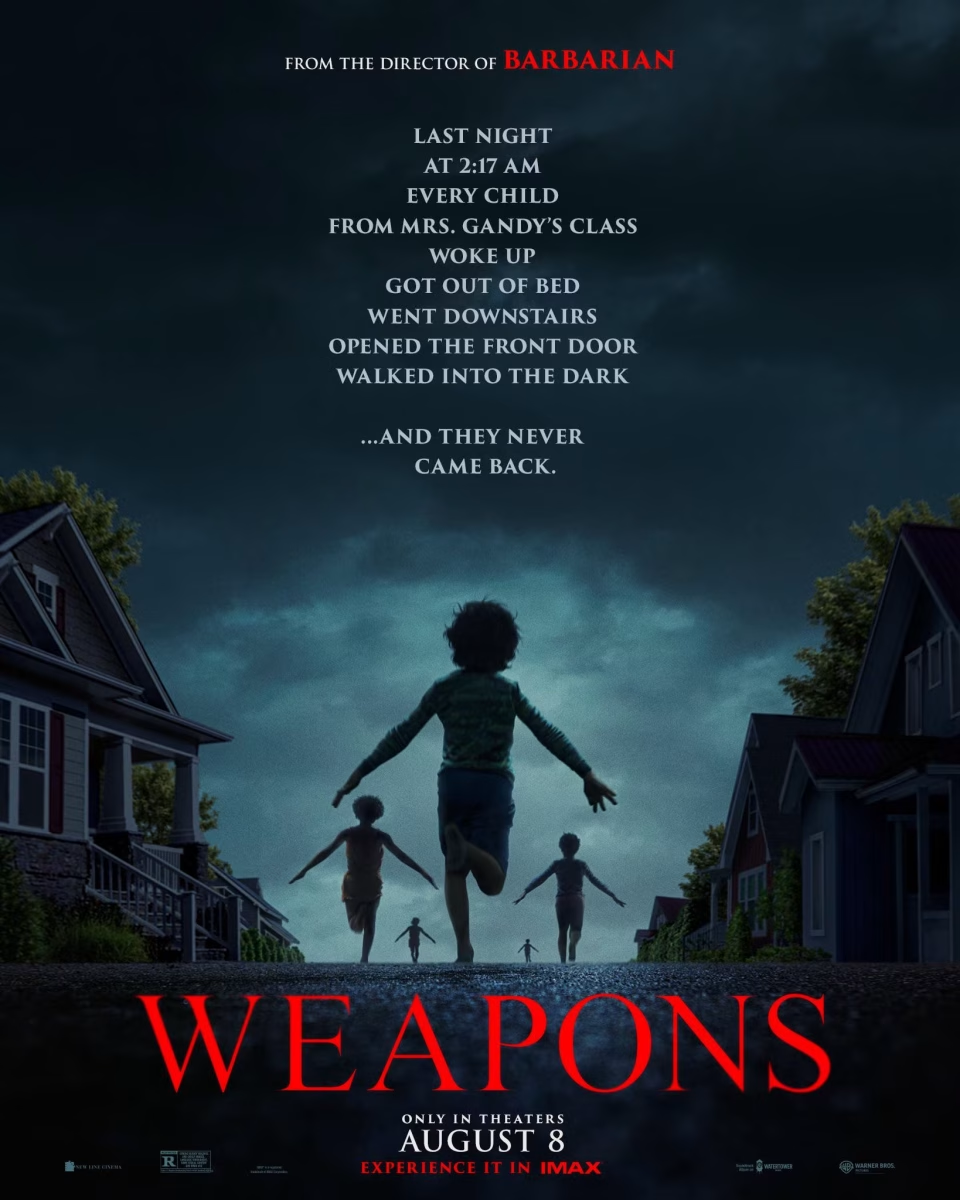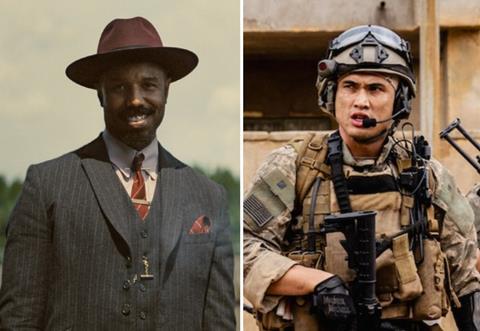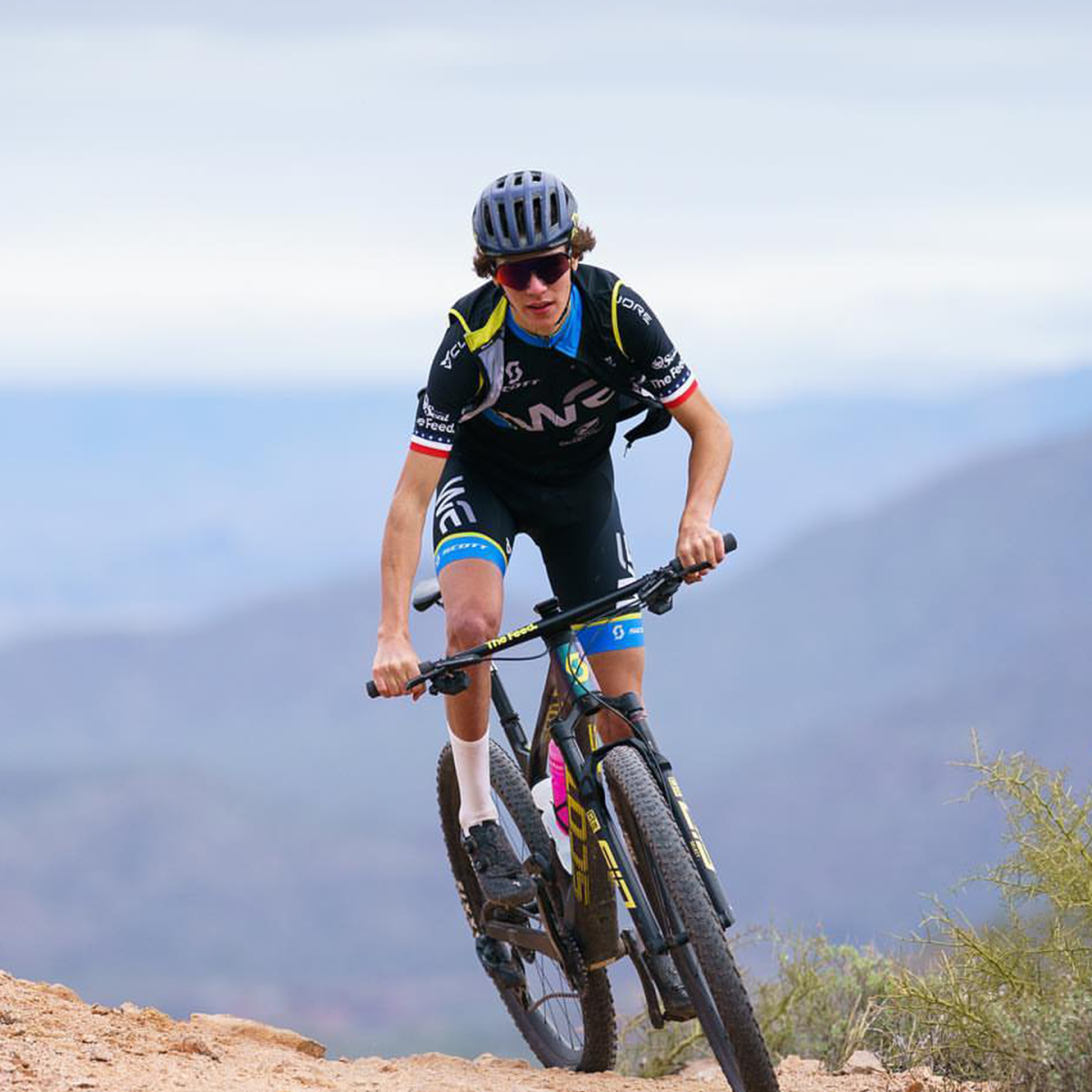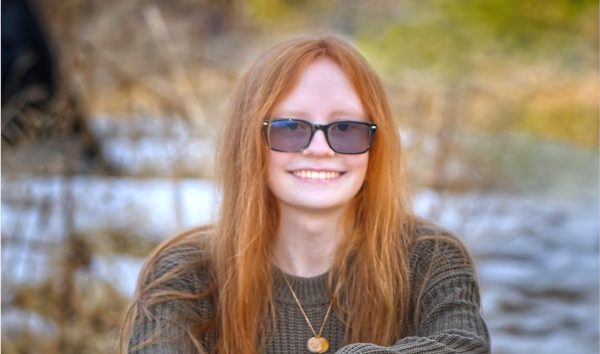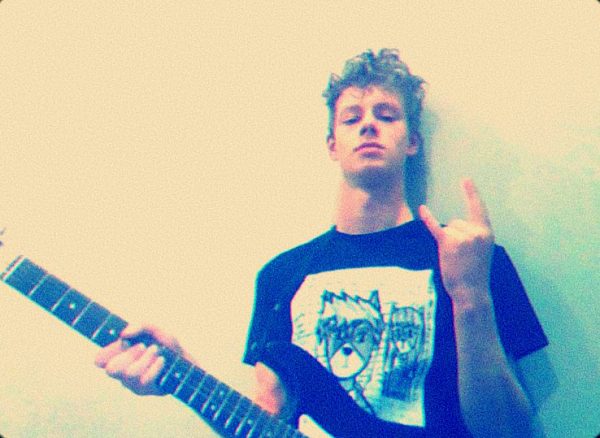 Teacher: Mrs. Conrad
Teacher: Mrs. Conrad
If you’re still looking for a fun elective with real-life importance, then marine biology might just be the thing for you! In this class, students not only learn about the unique and interesting creatures living in the deep blue depths but also the importance of the ocean and how we–humans and the ocean–impact each other. Thank you, Mrs. Conrad, for your thoughtful answers and your time!
Share a little about yourself.
This is my third year teaching at JVA and my fifteenth year in education, and I truly love what I do! Before moving to Colorado in 2020, I spent most of my life in Illinois (so yes, I’m still getting used to having mountains nearby instead of just cornfields). Teaching science is the best because it helps students understand the “why” behind the world around them, and here in Colorado, where we’re surrounded by such stunning nature, that feels especially powerful.
Outside of class, I’m all about family life with my husband, my five-year-old son, and my three-year-old daughter. We recently added a new member to the crew – a fish named Rocky (named after Red Rocks, since he’s a red betta fish). We love getting outdoors, especially for camping trips… though I’ll admit, I’m more of a cabin camper than a tent person. This summer we’re heading to Mesa Verde and Arches, and I’m already excited for the epic views and all the books I hope to read on our long car ride.
What does the class cover throughout the semester?
Marine Biology is like a deep dive (pun intended!) into the ocean and everything connected to it. We start off with the basics, how tides work, what the ocean floor looks like, how scientists track changes in the ocean’s temperature and saltiness – all the “behind-the-scenes” stuff that makes the ocean work. Then we meet the stars of the show: marine life! From tiny plankton to giant whales, we study fish, sea birds, sea otters, sharks, and more. It’s basically a backstage pass to the coolest animals on the planet. We wrap up the semester by zooming in on the human impact. We’ll explore how things like pollution, climate change, and ocean acidification affect the marine ecosystem – and what we can actually do to help.
What will students learn in the class?
You’ll learn how you affect the ocean… and how the ocean affects you, even if you’ve never been to the beach! The class helps connect everyday choices (yes, even here in landlocked Colorado!) to big global systems. We also dive into some real scientific data, like ocean temperature trends, pollution levels, and animal population changes. But don’t worry, I break it down step-by-step and make it super manageable. You’ll be surprised how powerful it feels to use real data to understand what’s happening in the ocean and why it matters. We even look at things like where the seafood we buy at the grocery store comes from and whether it’s sustainably sourced. It’s eye-opening to realize how our choices as consumers can impact ecosystems thousands of miles away.
What’s your favorite part of the class?
Definitely the projects. Some are quick and fun, like creating an infographic about a marine bird, and others are bigger, like researching a type of marine pollution and designing a real-world plan to raise awareness and reduce it. I love seeing students get creative and passionate, whether they’re making a poster, a video, a podcast, or even a social media campaign. It’s awesome to see them take what they’ve learned and run with it in their own way.
What do you want others to know about the class?
Even though we’re far from the ocean, we’re still connected to it in so many ways: through our climate, our food, and our environment. Marine biology isn’t just about fish and coral (though those are super cool!); it’s about understanding this massive, mysterious, and beautiful part of our planet and realizing that we’re all part of its story.

